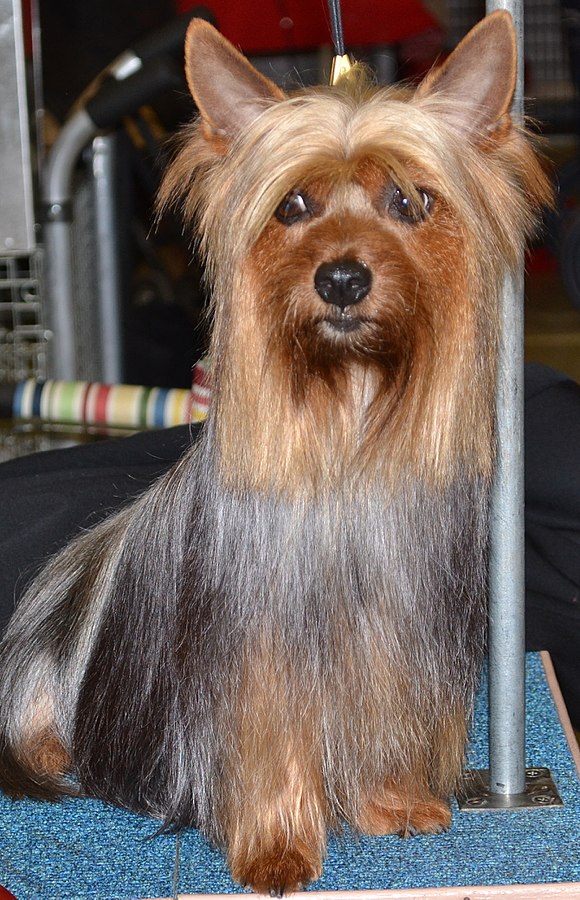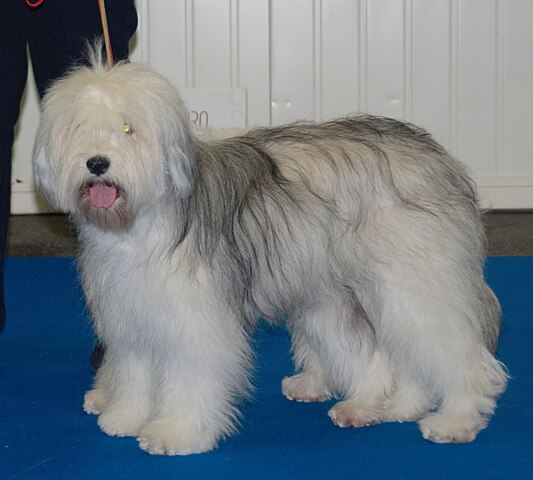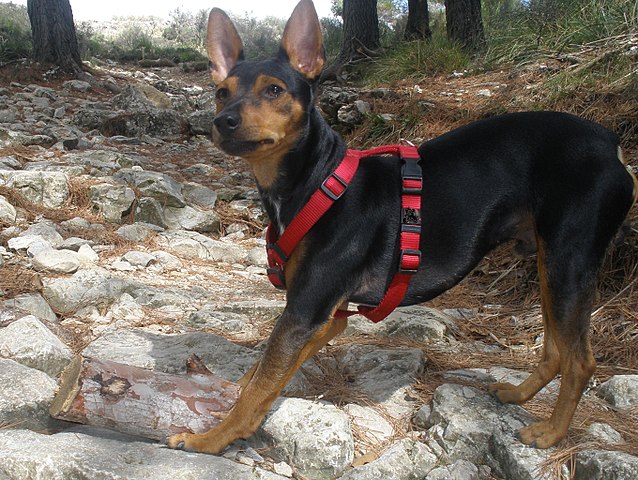The Silky Terrier is a true toy terrier, meaning that it has traits found in both groups of dogs. Silkies are very inquisitive little dogs with a lot of courage and spunk – just like a terrier. They are also playful, loving and clown-like. However, although their personalities may be more terrier-like that other toys, they have the small compact size of other toys. The average weight of is 10 pounds. Despite their size, many Silkies think that they are much bigger dogs! An owner may need to make sure they don’t get themselves into dangerous situations because of this fact. A prospective owner looking for a tiny, easy to handle lap dog should look into a different toy breed.
Although Silkies are intelligent little dogs, they are also stubborn when they want to be. They have a ton of willpower – sometimes even more than their owners! This means that they are not the easiest breed to train in obedience. They do, however, have success at working events such as earthdog or barn hunt (trials where the dog needs to sniff out rodents). Regardless of the difficulty, Silkies should be given at least a basic course in obedience.
The Silky Terrier needs to be with his owners on a regular basis and doesn’t do well when left alone for long periods of time (or left outside all day). Not only this, but he will try his best to spend as much time possible with his favorite person! He will become a constant shadow – following that person from room to room, including the bathroom. This person may be an adult or a child, the Silky just doesn’t like being alone. Speaking of children, Silkies can get along well with older kids but a young toddler may be too rough for this breed. Older kids only, please – and supervision is still required.
Silkies are very friendly and affectionate to people but may have a problem with other dogs. They also probably won’t get along with your pet hamster as they are prone to chase small animals. Even when outside, they will chase squirrels, groundhogs and mice – including digging them out from the ground if necessary! Cats can be iffy – a large house cat who doesn’t dash away from a dog may be an ok companion, while an outdoor cat or flighty, nervous cat may also trigger the chase instinct. Because of their high chase drive, this breed does best on-leash when out in public.
Silky Terriers are very active and need more exercise than many other breeds from the toy group. Despite their size, many are able to keep up with their owners on hikes and other longer excursions. As long as exercise is provided to them, they are able to live in apartments easily. One thing that apartment dwellers do need to consider, however – the breed does tend to be noisy, particularly if they are left alone for hours and hours. A prospective owner should consider whether or not their neighbors will be ok with the noise.
The Silky got his name from his long, silky coat. The coat – which is a hallmark of the breed – does require regular care to keep it free from tangles. Owners are encouraged to bathe the dog every 1-2 weeks because a clean coat is easier to brush through and less likely to collect debris from outside. When kept on a strict brushing/bathing schedule, the dog will not only stay beautiful but also healthy and happy. Since he is so tiny, the work isn’t very hard. Well groomed Silkies shed only moderately.
Silky Terriers are generally long-lived and healthy dogs. Hypothyroidism and Luxating Patellas are occasionally seen, but neither of these conditions are particularly devastating. It is not uncommon for them to live into their mid to late teens! This means that older Silkies will be just as likely to remain great watchdogs as their younger selves. They will also be just as willing to take a car ride or a short vacation with you at their side.




